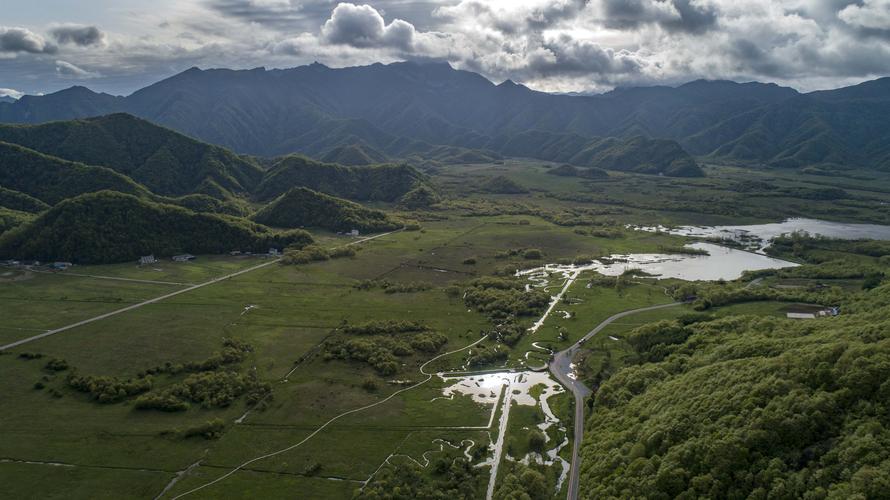Uncovering the Rich Cultural Heritage of Zamboanga Sibugay: A Journey Through Centuries
Zamboanga Sibugay, a province within the Zamboanga Peninsula region of the Philippines, has a rich cultural heritage spanning centuries. Its unique blend of ethnic groups, such as the Subanen, Chavacano, and Visayan, has contributed to its diverse traditions, arts, religions, and cuisines. Through a journey into its past, this article aims to reveal the untold stories behind the province’s rich cultural history.
Early History
Zamboanga Sibugay belonged to the Sultanate of Sulu before the arrival of Spanish colonialists in the 16th century. The Spanish settled in the region and established Fort Pilar in Zamboanga City. They also introduced Catholicism, which led to the creation of the Chavacano language, a mixture of Spanish and the local dialects. This period also saw the migration of Visayan and Ilocano peoples to the region, adding to its cultural diversity.
The Subanen People
One of the most significant ethnic groups in Zamboanga Sibugay is the Subanen people, who have inhabited the Zamboanga Peninsula for over 2,000 years. They are known for their traditional practices, including the ritualistic chanting of epic poems. The Subanen also have their own language, music, and dance, which are still practiced today.
Chavacano: The Language of Zamboanga
Chavacano is a creole language that originated in Zamboanga and has developed over centuries. It is a unique blend of Spanish, Malay, Visayan, and other local dialects. Today, it has become a distinct language with its own grammar, vocabulary, and syntax. Its cultural significance is so great that it has been designated as an Intangible Cultural Heritage by UNESCO.
Religion
Religion has played a significant role in shaping Zamboanga Sibugay’s culture and history. Catholicism is the dominant religion, owing to the Spanish influence. However, Islam is also prevalent, especially among the Malay and Subanen communities. Other religions represented in the area include Protestantism and Iglesia ni Cristo.
Cuisine
The province’s diverse cultural makeup has contributed to its unique cuisine, which blends different flavors and ingredients. Some iconic dishes include Satti, a Muslim dish that consists of grilled meat in a peanut sauce, and Kurma, a Subanen dish made from banana flowers. Other popular dishes include Adobo, Kinilaw, and Lechon.
Conclusion
Zamboanga Sibugay’s rich cultural heritage is a testament to its diverse ethnic groups and unique history. From the Subanen people’s ancient traditions to the development of the Chavacano language, the province’s culture has developed over centuries. Today, its cultural diversity can be seen in its religion, cuisine, and traditions. By uncovering its past, we can appreciate and preserve the legacy left by the people who shaped the province’s history.
(Note: Do you have knowledge or insights to share? Unlock new opportunities and expand your reach by joining our authors team. Click Registration to join us and share your expertise with our readers.)
Speech tips:
Please note that any statements involving politics will not be approved.
